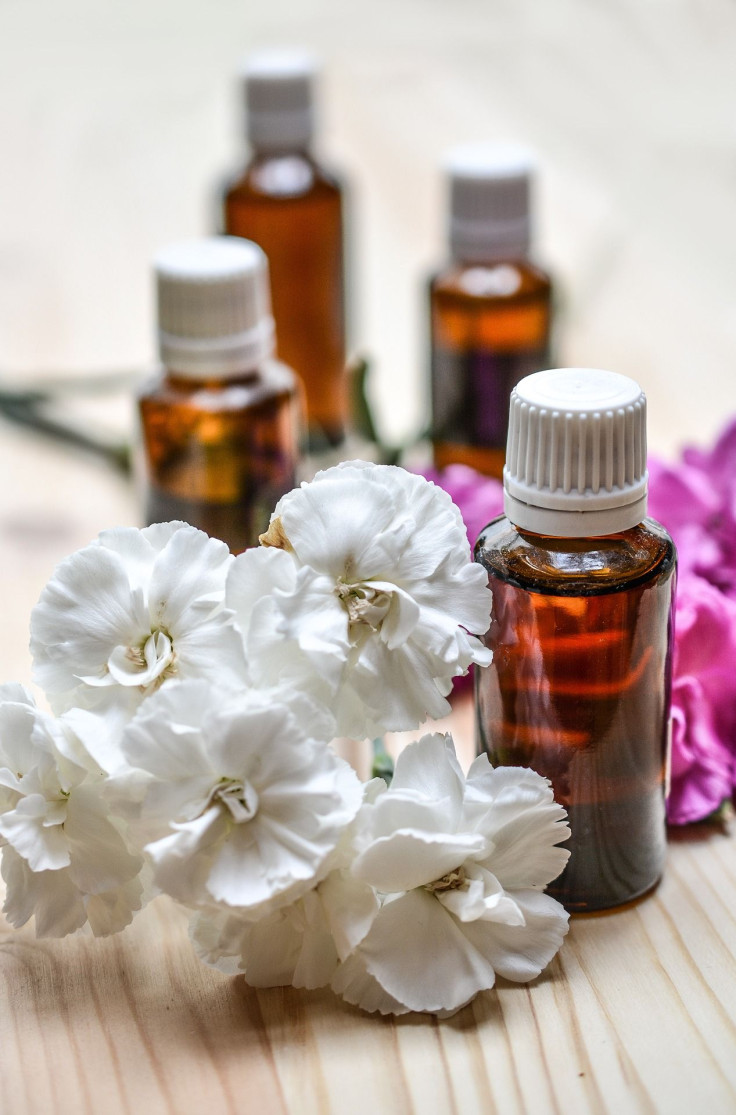Why Use Essential Oils As Car Air Fresheners

The passenger compartment of every car, sedan, SUV and pickup is a “chemical reactor” that releases harmful toxins in the plastics inside the vehicle in a process called “off-gassing.”
Car interiors are made from different kinds of plastics or plasticized leather. Health experts say these plastics constantly emit toxins vaporized by the sun’s heat from the different plastic components in the car’s interior.
New cars carry 250 pounds of plastic on average. Most of these plastics are used in arm rests, door panels, steering wheels, dashboards, interior seat cushions and switches.
The toxic chemical climate inside a car or SUV is normally caused by “PBDEs” or polybrominated diphenyl ethers, which are organobromine compounds used as flame retardants, and “phthalates” or phthalic acid esters, which are chemicals used to soften PVC plastics.
The European Union has banned the use of PBDEs and polybrominated biphenyls (PBBs) in electric and electronic devices out of health concerns.
Chemicals such as PBDE, phthalates and other chemicals are inhaled or ingested by drivers and passengers through dust and air, potentially causing allergic or other acute reactions. It also causes long-term health problems such as birth defects, impaired learning, liver toxicity and cancer.
Off-gassing is triggered by high interior temperatures caused by sunlight, a process that accelerates in cars parked under the sun. The combination of higher temperatures caused by windshields and windows, and UV exposure from sunlight can cause PBDEs in cars to become up to five times more dangerous than in homes and offices.
The reason for this is because PBDEs and phthalates are volatile organic compounds (VOCs) that easily evaporate under normal temperatures. These are carbon-based chemicals that can evaporate into the air under the right conditions such as high temperatures caused by sunlight.
The most prevalent VOCs found in new cars are benzene, a human carcinogen; ethylbenzene, a systemic toxic agent; and acetone, a mucosal irritant.
It’s vital to counteract the dangers posed by off-gassing by resorting to safe and proven solutions. One of these is to use beneficial volatile compounds to counteract VOCs.
Health experts note that keeping a car interior and air clean is key to creating a healthier car environment. Using essential oils can help purify the air and reduce bacteria and viruses on car surfaces. Essential oils also smell good and give us a pleasant high.
Essential oils are powerful, concentrated substances that interact with our brain’s limbic system. Inhaled, essential oils affect the emotions to reduce stress and increase alertness, which are quite useful when driving. Different essential oils also have antimicrobial properties to get rid of unwanted germs on car surfaces.
Conventional air fresheners aren’t at all good for our health and have been linked to several problems, such as brain damage, cancer and asthma.
On the other hand, essential oils offer a safe and effective alternative to making a car’s interior atmosphere far healthier for its occupants.
Here's a list of some of the essential oils you can use to make your car's interior fresher and healthier:
Balsam fir, basil, cedar wood, coffee, cypress fir needle, frankincense, geranium, pink grapefruit, ho wood, juniper berry, lemon, lemon grass, lime, mandarin, neroli, wild or sweet orange, palmarosa, patchouli, pine, sandalwood, spearmint, spruce and tangerine.
And how do you get these essential oils to do their job? Put a few drops of essential oils onto a cotton ball and insert it in the car air vent. Or, you can drip essential oils onto a wooden clothespin and clip it onto the car air vent.



























